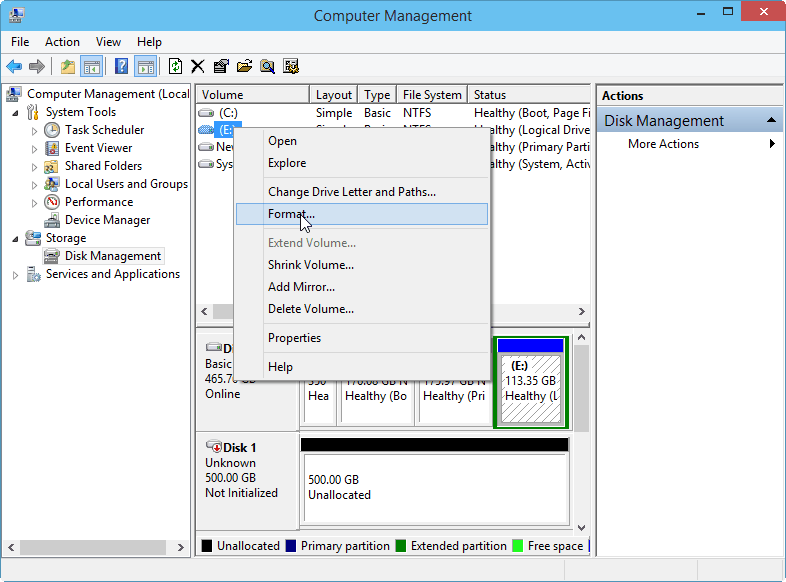

To manually resize the partition of the guest, see Resize a Windows Partition with the Disk Management Tool.Apple File System (APFS), the default file system for Mac computers using macOS 10.13 or later, features strong encryption, space sharing, snapshots, fast directory sizing, and improved file system fundamentals. The hard disk is resized but the partition is not. Optionįor Windows guests, the partition is automatically resized when the hard disk is resized.Ĭlick Apply while pressing the Option key. Apply the changes and choose automatic or manual partition resize for Windows guests.

Also, use this option if you might place the virtual machine on an external FAT drive or if you might move the virtual machine to an external drive. This option splits your virtual disk into multiple files. Use this option if your virtual machine will be used in a hard drive with a file system that does not support very large files. Some file systems, such as FAT and UFS, cannot support very large files. Also, the allocation process requires as much physical disk space as you specify for the virtual disk.ĭefault. Allocating all disk space now is a time-consuming operation that cannot be canceled. If you allocate all the disk now, you cannot use the VMware Tools shrink disk feature later. OptionĬan give better performance for your virtual machine. Set your disk space configuration, depending on the constraints of the file system.Fusion selects the bus type that is most appropriate for the virtual machine guest operating system. Note: If the guest operating system does not support NVMe, the NVMe option appears unavailable.Ĭhanging this setting is recommended only for advanced users.


 0 kommentar(er)
0 kommentar(er)
